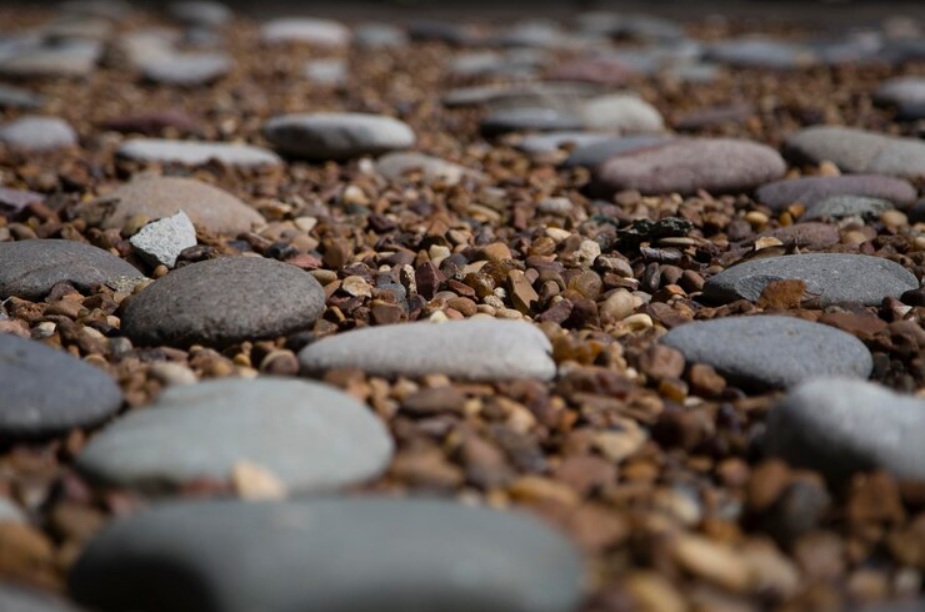Designing a garden walkway isn’t just about connecting different parts of your yard. It sets the tone for how people move through your outdoor space and how connected everything feels. In Bothell, where homeowners often balance sloped gardens, shady trees, and varying soil types, choosing the right material for a walkway matters. Whether you’re guiding visitors from the gate to the patio or creating a smooth path for daily use, structure and function both play a part.
Crushed rock walkways offer a practical solution that works well in many Bothell yards. They support steady footing, drain rainwater effectively, and complement both modern and traditional garden layouts. With many gravel types, colors, and sizes available, it’s easy to match the material to your existing plants and landscape design. But before installation, it helps to know what makes crushed rock the better choice and how to begin the planning process.
Benefits Of Using Crushed Rock For Garden Walkways
Crushed rock brings a lot of advantages to outdoor walkways, especially for properties in Bothell. Its structure shifts just enough to allow for drainage but stays firm enough underfoot. That balance makes it a practical choice for homeowners who want both visual appeal and dependable performance.
Here are some of the core benefits you can expect:
– Low maintenance: Once in place, crushed rock needs very little attention. It resists weeds (with proper underlayment), doesn’t crack like poured material, and doesn’t shift as easily with changing temperatures. If some areas settle more than others, it’s easy to redistribute or top off.
– Strong and weather-resistant: Crushed rock holds up year-round in Bothell’s wet fall and winter seasons, as well as drier months.
– Custom appearance: There’s a range of rock styles to choose from, including gray basalt, lighter granite blends, or darker slate tones. This lets you match the walkway with your home’s trim, garden color palette, or surrounding mulch.
– Budget-aware: Compared to pavers or poured concrete, crushed rock offers a more accessible price point both in materials and labor.
Homeowners sometimes choose crushed rock because it’s more forgiving when it comes to later changes. If you decide to rework your walkway in a few years, the materials can often be reused or relocated somewhere else in the landscape.
Planning Your Garden Walkway
Before laying down any gravel, it’s important to identify where the walkway makes the most sense. Some homeowners in Bothell have to work around sloping terrain, shaded areas with moss, or pre-existing beds. Mapping out the layout ahead of time saves time and avoids unnecessary changes once the work starts.
Start with a walkthrough of your property. Pay attention to:
– Natural traffic patterns, from the driveway to the front door or patio
– Areas that often collect water during rain
– Trees, hedges, or flower beds you may want to work around
After you know the layout, choosing the correct type of crushed rock matters. In Bothell’s climate, materials that drain well and resist moss formation are recommended. Angular crushed rock is often better than round because it stays in place and doesn’t roll underfoot.
Steps to prep your garden for a new path:
1. Use marking spray or a rope to outline the walkway. This gives you a clear visual reference and helps double-check spacing.
2. Measure the length and width of the path to calculate how much material you’ll need.
3. Check for roots, underground pipes, or landscape fabric that could interfere with digging.
Good planning upfront ensures the walkway not only fits your garden’s layout but also holds up over time. It’s worth considering access points and even thinking about how the weather may affect certain sections during wet months. Once these pieces are in place, the next step—installing the walkway—becomes much more manageable.
Installing a Crushed Rock Walkway in Bothell
Once your layout is mapped out and you’ve selected the right crushed rock, it’s time to start the installation process. Installing a walkway the right way helps avoid problems like sagging, puddling, and loose edges down the line. Whether your path is straight or curved, preparation makes all the difference.
Start by marking the full path and removing any grass or existing material along the designated route. Dig about 4 to 6 inches down—this depth gives enough space for a base layer and the crushed rock on top. A solid base helps with water movement and keeps the surface from shifting under tight foot traffic.
After digging, spread a few inches of compactable base rock or gravel and tamp it down with a plate compactor. This base should slope slightly to allow proper drainage. Laying landscaping fabric on top keeps weeds from pushing through without interfering with water flow.
Next, pour the crushed rock evenly across the walkway area. Use a rake to spread it and aim for a depth of around 2 to 3 inches. More than that can make walking feel uneven, especially if the rock pieces are larger. If your layout includes curves or turns, use flexible edging to keep the rock in place. Without edging, shifting along the sides can lead to messy borders or bare spots.
Here’s a quick list of tips for walkway installation:
– Use a level throughout the process to avoid low spots that may collect water
– If your site has foot traffic from kids or carts, consider compacting the top layer gently for added firmness
– Wooden, metal, or plastic edging helps hold the rock in, especially along garden beds or patios
– Go slowly during placement so you can adjust for any uneven areas before compacting
Well-installed crushed rock walkways give a smoother walk and better control over weed growth and water drainage. Skipping any of these steps usually leads to more maintenance later or partial reconstructions.
How to Maintain Your Crushed Rock Walkway Year-Round
Even durable materials need checks now and then. Thinking ahead with simple maintenance keeps your crushed rock walkway clean, safe, and even. Homeowners in Bothell often run into shifting after especially wet months, or areas where weeds try to creep through weak spots in the underlayment.
One common issue is settling. Patches of a walkway may sink if the base below wasn’t compacted enough or if water lingers underneath. These spots are easy to refill with matching crushed rock, as long as the layout is still intact. For minor shifts, a rake and a little fresh material are usually all you need.
Here are ways to keep your walkway in good shape:
– Spot-check after several rainy days for puddles or sunken areas
– Rake loose rock back into place along edges after wind or heavy foot traffic
– Watch out for weed growth during early spring and apply spot treatments as needed
– Add a thin new layer of crushed rock once a year to refresh color and shape
Seasonal weather in Bothell plays a big part in how your walkway holds up. Fall leaf buildup can lead to staining if left in place for months. In winter, freezing temps aren’t usually a problem for crushed rock itself, but moisture underneath can shift the ground slightly. Doing basic cleanup before wet months helps reduce those issues.
Turn a Functional Path Into a Focal Point
When installed and maintained correctly, a crushed rock walkway does more than guide people—it improves how the garden works and how it feels. For homeowners in Bothell trying to juggle function and appearance, this option supports both. The range of sizes and tones available lets you personalize the walkway without giving up on performance.
It’s easy to overlook small outdoor improvements like garden paths, but over time, they change how you move through and use your space. A good walkway improves safety, keeps landscaping neater, and blends naturally with plants and beds without overwhelming them.
Whether you need a casual path through a shaded backyard or a well-defined entry leading to a front porch, crushed rock walkways delivered the right way help get the job done. When each layer is thought through—from layout design to yearly touch-ups—you get reliable, low-maintenance pathways that won’t require a full overhaul in just a season or two. Little details like edge support and base stability make all the difference down the road.
Your garden walkway can become both a functional and attractive feature when you choose reliable materials and expert installation. Enhance your outdoor space with crushed rock in Bothell WA that offers dependable drainage and durability while maintaining an appealing look. Northwest Landscape Supply is ready to support your project, so for a quick estimate or to schedule a service visit, please contact us today.

